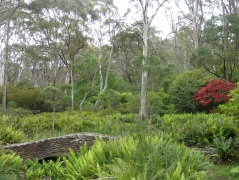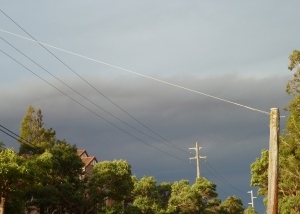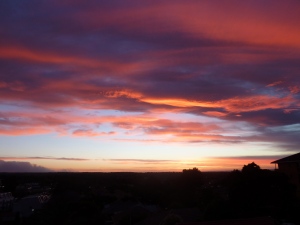Its been a while since the last post as I’ve been sick with a virus and I am just getting back into a normal routine. It wasn’t very serious, but I felt exhausted and my stress tolerance plummeted so that I couldn’t afford to do anything that was mentally of physically challenging. This heightened sensitivity highlighted a few of the causes of stress in my life. Even things like reading the Facebook feed, which throws up all kinds of ideas and issues from a diverse range of people, got me quite uptight. In order to recover I had to be very disciplined about saying No to things that were going drain my energy. This experience got me thinking about the difference between saying Yes and saying No. Why is saying No is just so difficult?
Saying Yes has a lot going for it, because its active. Things that we can say Yes to are tangible. Invitations, opportunities, offers. Say Yes and you have something to show for it. We also say Yes to things that we are already doing, simply by keeping on doing them. Yes has a strong momentum behind it based on our own and other peoples imaginings of what Yes has to offer.
Saying No is tough, because at face value what you get seems intangible. You get “nothing”. You get not to go somewhere, not to get something, not to do something. What saying No does is preserve time and space for other things and experiences, but you have to look a bit harder to define those benefits.
I have pretty good instincts, and I am learning to trust them more and more. Yet sometimes I still hesitate to back myself fully and just say No to things at the outset. This results in wasted energy getting into, and out of, things that didn’t feel right in the first place.
I think its this intangible quality of the outcome of No that leads me to say sometimes say Yes, even when a little voice is telling me not to. If I think something isn’t going to work out, saying Yes offers some tempting payoffs. Lets say I am invited out to dinner but my gut feeling is that I am not going to enjoy it. If I say Yes, I might be wrong and have a good time. But if I have a bad time, I can fall back on the satisfaction of telling myself I was right.

I must admit that there is a strong temptation to say Yes to things that I don’t think will work out to avoid the responsibility of making a judgement call up front and dealing with the uncomfortable feelings of loss and uncertainty that brings up. No means letting go of the possibility being offered. It means giving up on the potential experience, fun, money, work, or relationship without ever knowing how it would have turned out if I had said Yes.
To just say No and move on feels brave and ruthless. But I wonder what my life would feel like if I was more vigilant about staying true to my own instincts and avoided uncomfortable meanders down sidetracks that lead nowhere. I suspect I would have more energy for the things that were important to me, and life would have a smoother flow.
From my experience so far, there is a subtle sense of relief that comes with making a good call. I can feel a part of myself is smiling and relaxing, as if to say “thank you for listening”. I can relax and trust myself, because I am no longer living out little experiments to test my intuitions, I am just getting on with my life.




